1lumen selects and reviews products personally. We may earn affiliate commissions through our links, which help support our testing.
Streamlight Stinger 2020 review

Streamlight Stinger 2020 specifications
| Brand/model | Streamlight Stinger 2020 |
|---|---|
| LED | ? |
| Max. Lumens | 2,000 lm |
| Max. Beam intensity / distance | ? |
| Battery config. | 2*18650 |
| Onboard charging | Yes |
| Modes | 3 |
| Blinkies | Strobe |
| Reflector | Smooth |
| Waterproof | IP68 |
| Review date | June 2022 |
Introduction:
Today is a great day for 1Lumen, not only because it’s the kickoff review for a new partnership, but because it invokes a bit of nostalgia for me. Streamlight has been around a very long time, longer than I’ve been alive, think Maglite longevity folks. For 45 years, Streamlight has been producing lights and accessories geared towards professional users.
Moreover, Streamlight is close to home for me as well since they are a domestic brand, made right here in the USA. My Dad was a police officer in the mid to late 1990’s, and his department carried two flashlights on duty: Maglite and Streamlight. He carried a Magcharger and I was captivated by how bright and impressive that thing was. Maybe it was the catalyst that got me into bright things?
My Dad gifted me an original Stinger in 2005, and I love that light and still have it. It was really bright (for 2005), compact, and was rechargeable. The 3.6 volt NiCad (I upgraded to a NiMH eventually) battery lasted a while, and it was super durable and rechargeable without taking out the battery. Nice!
The Streamlight Stinger is a proven design, however, times have changed, but the Stinger hasn’t really kept up technology-wise. With current Stingers still sporting XP-L and XP-G2 LEDs and NiMH batteries. I think Streamlight recognized the need to modernize, so in 2018, Streamlight engineers put their heads together and conjured up a new Stinger, finally hitting the market in 2020. The result is the light I’m presenting today: The Streamlight Stinger 2020. It’s going on 2 years old, but it’s the brightest, most advanced, and most modern Stinger ever, and it’s certainly unique in design. Although it’s not sporting the latest and greatest flashlight tech, can the wily American elder statesman dethrone the Chinese lights? Let’s see.
Package quality.
The Streamlight Stinger 2020 is sold in brick and mortar stores all over the world, and Streamlight has an extensive network of retailers. The package is conducive to retail sales, with an outer sleeve with feature blurbs and graphics. Inside the sleeve is the main box. Open a couple tabs and open the lid and voila-the Stinger 2020 is proudly displayed on the charging cradle, poking up through a cardboard floor where the accessories are housed. Here’s what you get:
- Streamlight Stinger 2020
- Two Streamlight SL-B26 18650 batteries (mounted in the light)
- Charging cradle
- 12v car adapter lead
- Charging adapter with attached Micro USB cable
- Warranty card
- Instruction manual
- Two 3 inch stainless steel screws (for mounting the charging cradle)
It should be noted that the Stinger series is sold in a variety of accessory configurations, and my kit represents one of the more complete examples with everything you need to get going. I like how Streamlight includes the screws to mount the charging cradle to your workbench, desk, or wall, and including batteries is pretty much mandatory in this segment. Streamlight sells a ton of other accessories and add-ons for the Stinger 2020, but this kit includes the basics.
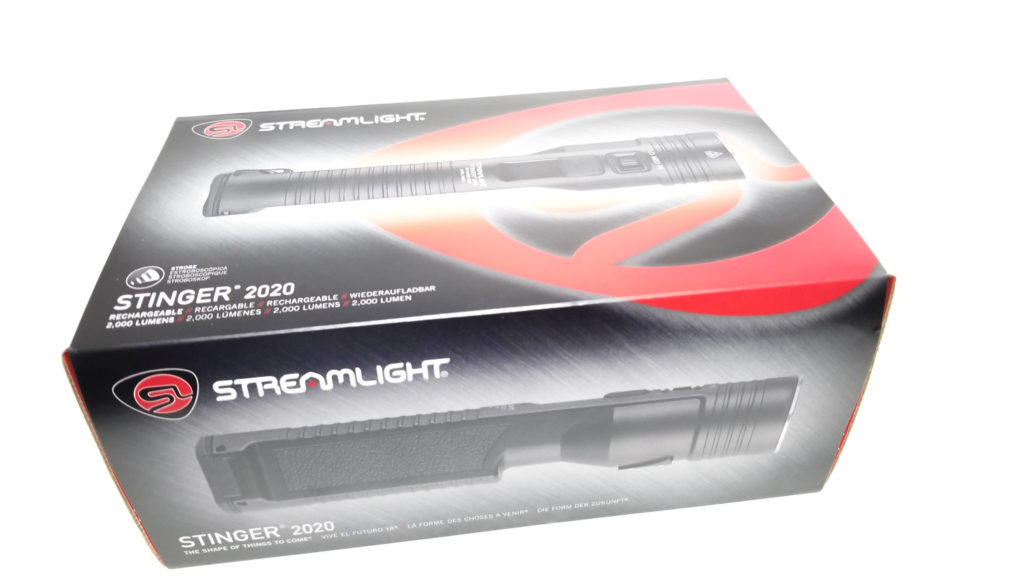
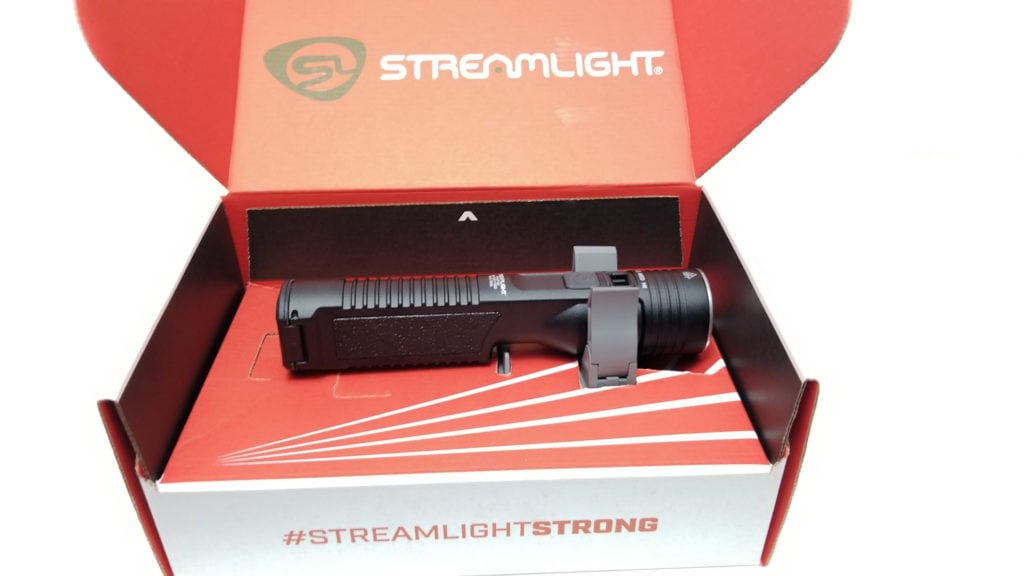
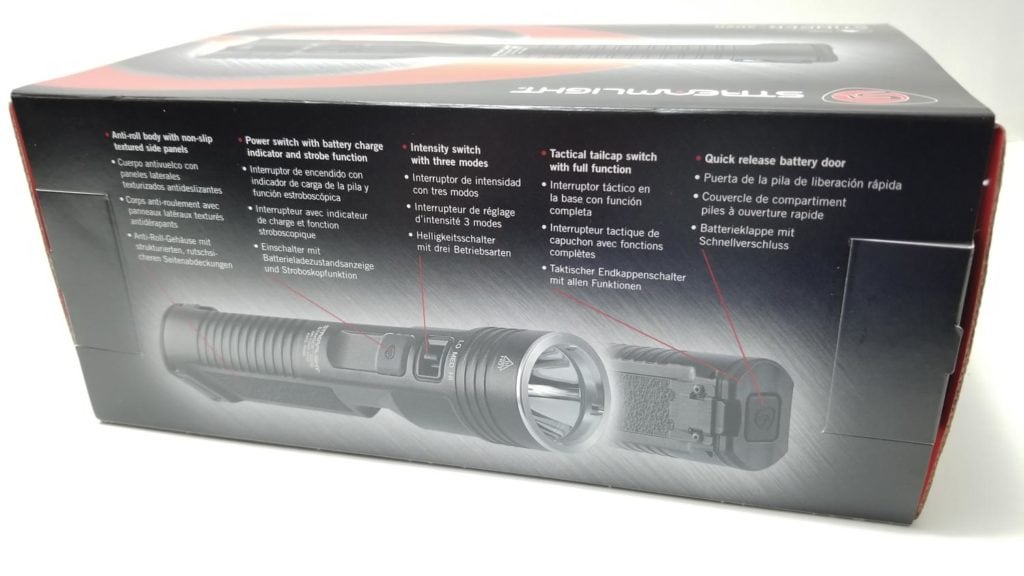
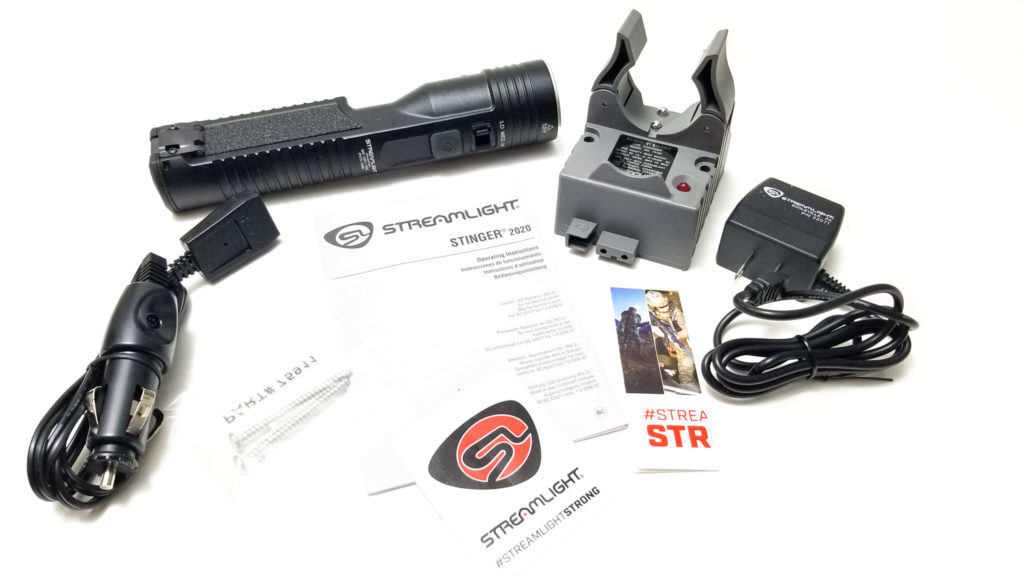
Flashlight in use
The Streamlight Stinger is a professional-use flashlight, designed to be reliable and able to suck a little dust and take some bangs and drops. Law Enforcement, security officers, firefighters, and maintenance techs could all benefit from a light of this type. There’s also a lot of adaptability with the dizzying array of accessories you can load it up: traffic cones and diffusers, duty holsters, charging bays with multiple charging inputs, and light filters for green, red, IR, blue. Lots of expandability.
Handling-wise, the Streamlight Stinger 2020 is unlike any flashlight I’ve ever used. The body is rectangular for about 5 inches, and then transitions to a more flashlight-like head up to the bezel. For duty light, it’s a bit heavy, and that adds weight to an already heavy duty belt, but it can be beneficial in that it can be used as a bludgeon in self-defense situations. Every cop who ever carried a big Maglite appreciated that. The rectangular part has curved edges and flat sides featuring hard rubber or polymer stippled texturing inserts like I see on handgun grips.
There’s a dip where the rectangular handle meets the round head, and Streamlight says a lot of thought went into this design to complement the natural gripping mechanics of the hand for more secure handling. In the underhand grip (known as a saber grip), the first 4 fingers fit around the rectangular part of the handle, with the pointer finger resting in the dip. In the overhand (known as the ice pick) grip, your thumb intuitively rests on the rear switch, which also has an indentation to help with pressing the switch.
It was a little weird at first, but the more time I spent with the Streamlight Stinger 2020, I realized this thing fits my hands great. Even though the light is a bit big, with a rear-bias balance with the boxy body, the handling is intuitive and the light points very naturally. The grip design works to position your thumb in a way that you’ll be easily able to actuate the switches no matter how you’re holding the light. Plus, it’s a super secure grip and I doubt short of someone trying to yank the light out of your hand, you’d ever lose grip. Police officers who wouldn’t want their light taken by a suspect would appreciate that.
There’s two forward clicky switches at work: One on the head and one on the tail, and above the front switch, you’ll find a 3-position toggle switch for mode selection. That’s right, no need to click a switch to change modes, just move the switch. The toggle action is nice with each mode securely detented. The clicky switch action is not the greatest. It takes quite a bit of effort to fully engage the switches, and there’s quite a bit of switch travel before they fully latch. The switch boots are pretty thick as well, and you can’t feel the switch underneath them. The front switch does have a green LED indicator under the Streamlight logo that’s illuminated when the light is on. There’s good tactile feedback as well, but it’s kind of upset by the long travel and effort required. Momentary use is okay though, and I am sure this helps with accidental activation. The good thing is both switches are nearly identical in function and feel, and can operate independently of each other. This lends well to muscle memory. Tail standing is fine, and thanks to the rectangular profile, it will not roll off an inclined surface.
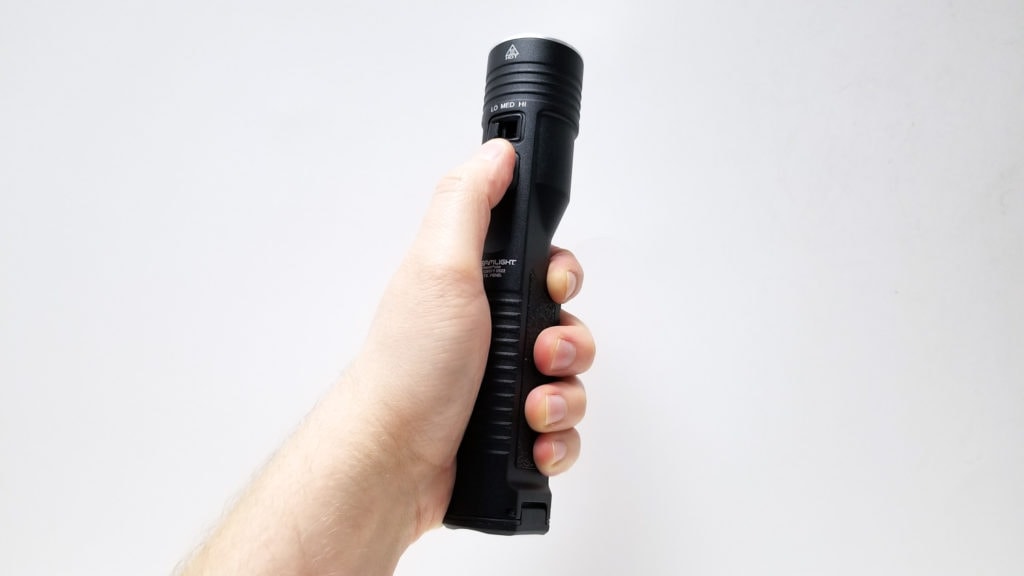
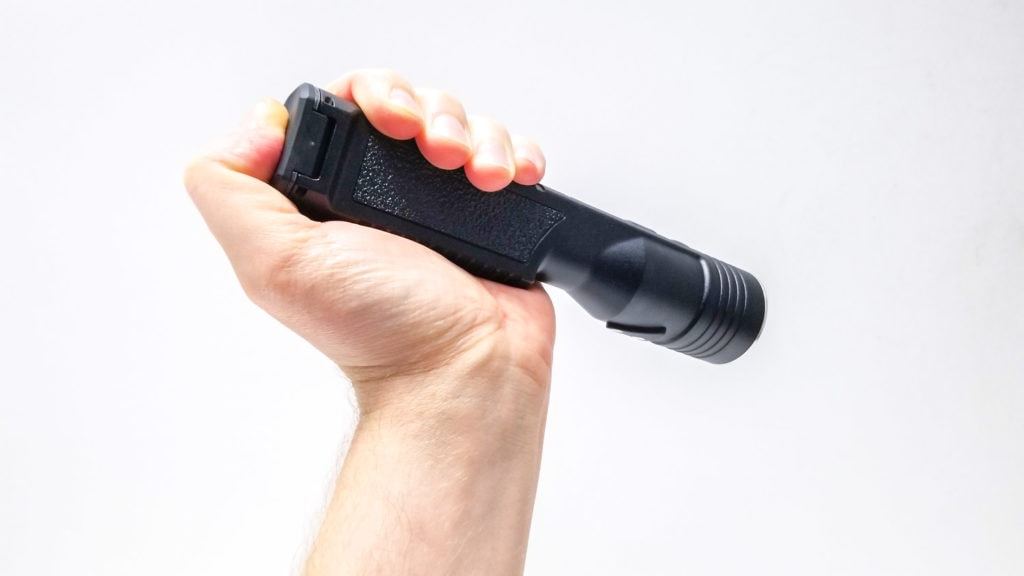
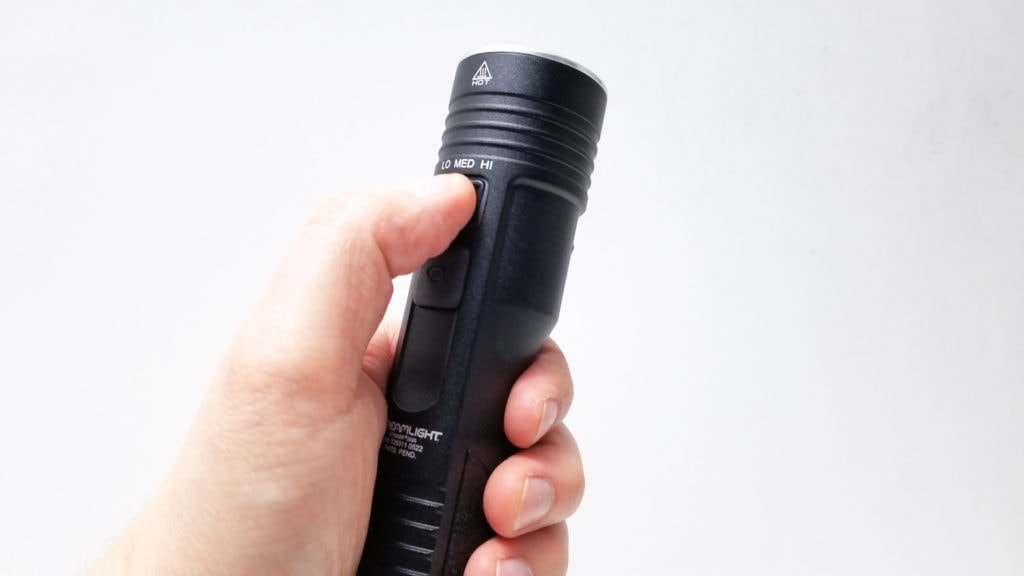
Build Quality, and Warranty
Streamlight makes very nice lights, and they have for 40 years. I am sure there are tons of stories out there of times when a Streamlight helped save a life! These lights are made mostly in the USA with US and foreign-sourced parts. This adds to the cost a bit, and although competitively priced, expect to pay about $120-$130 US for a bare-bones Stinger 2020, and about $160 for one with the charging cradle, 12V car adapter, and USB charger. This is on point with similar offerings from Fenix, Olight, Acebeam, Speras, and Nitecore.
Quality-wise, the Stinger 2020 build quality is fantastic. Aside from the battery compartment door, which is made from tough polymer, it’s made from high-strength aluminum alloy, and for being a complicated light to mill, the machining is very nice with no blemishes, errant tooling marks, or out-of-place part gaps. There’s no sharp edges anywhere either. The finish is interesting and feels very grippy without being brickish and although Streamlight doesn’t specify whether it’s type III HA or not, it seems extremely durable. There’s an interesting spring arrangement here, with 5 coil springs in the head that interface with matching gold contacts on the battery carrier. Springs are essential for absorbing shocks and pretty much mandatory on professional lights. There’s no rear spring, save for the ones on the carrier’s negative contacts (which are copper alloy and nonmagnetic-very nice!).
There’s an interesting arrangement for the rear switch which is built into the battery carrier. The rear switch boot is located on the battery door, and when the door closes, it contacts the switch plunger on the battery carrier. This caused some issues when loading the batteries sometimes because when closing the door, I pressed the switch and turned the light on. The door closes with good effort, and there’s a tab on the side for releasing it. The light is pretty well sealed up, with no external charging port and only a rear battery access door that has a nice rubber seal. Streamlight gives it an IPX7 rating, which is more than enough for continuous soaking or temporary immersion to 1 meter. This also includes a 2 meter impact resistance rating for hard-use applications.
The warranty? Nothing but the best, and proper customer support. From Streamlight: Streamlight warrants its products to be free of defects for a lifetime of use except for batteries and bulbs, abuse and normal wear. We will repair, replace or refund the purchase price of this product should we determine it to be defective. This limited lifetime warranty also excludes rechargeable batteries, chargers, switches and electronics which have a 2 year warranty with proof of purchase.
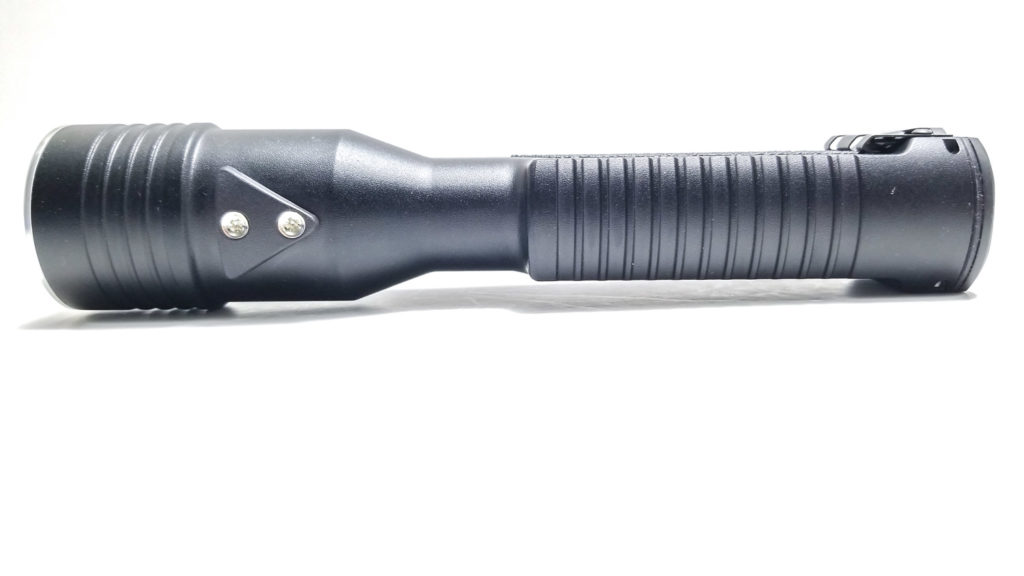
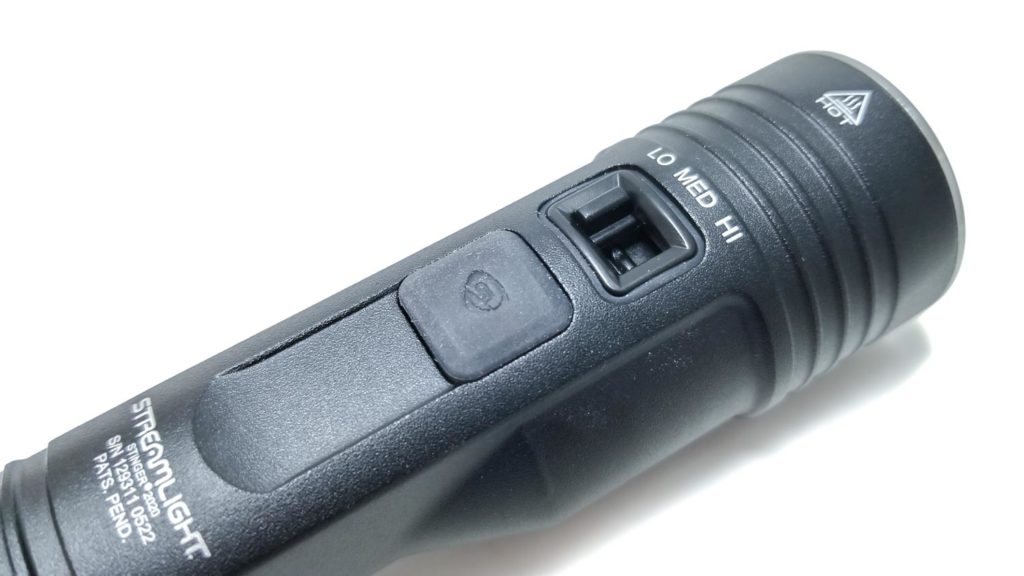
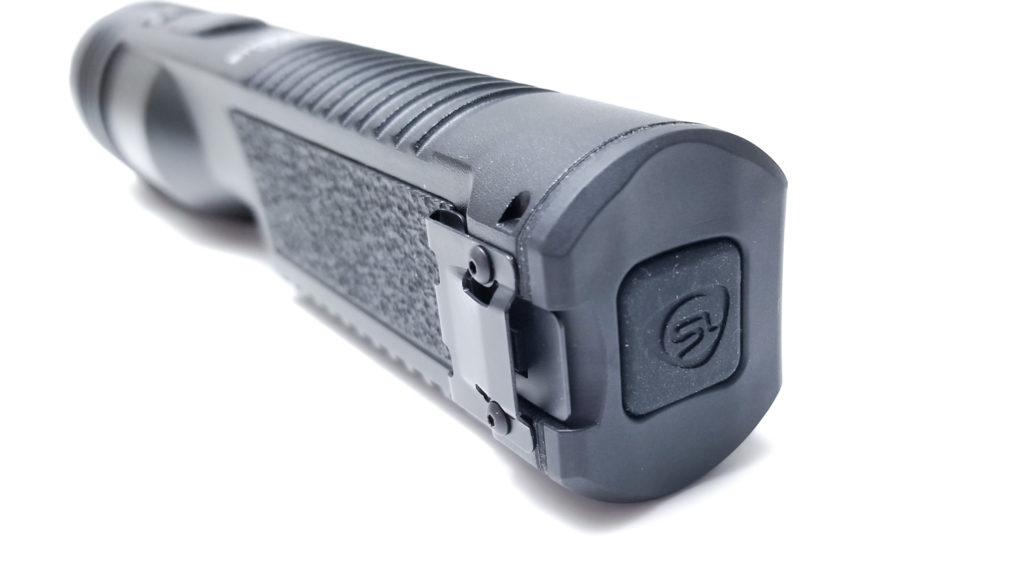
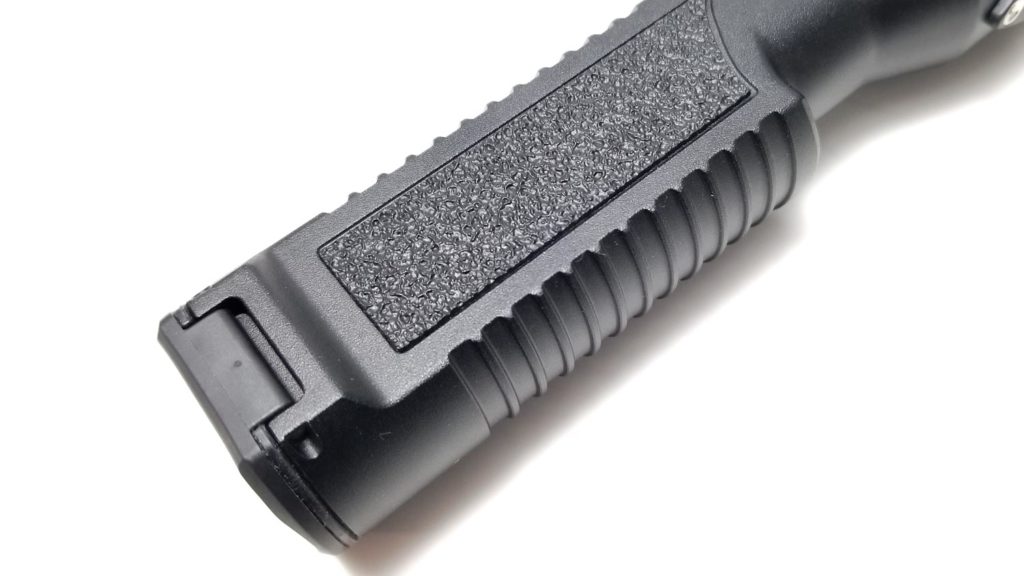
LED, Lens, Bezel, Beam, and Reflector
In Olight-like fashion, Streamlight has never been forthright about the LEDs they use. You get ambiguous marketing jargon like “high power LED with 50,000 hour lifespan” or “high performance C4 LED.”. My trained eye, and I’m sure our readers’ eyes, will quickly identify the Stinger’s LED as the Cree XHP50.2. Previous LED Stingers either had a Cree XP-G2 or XP-L, but the phosphor-covered substrate, 5mm x 5mm footprint, and quad die LES are dead giveaways here. I believe this is the 3 volt version, and this should be able to easily provide the 2,000 Lumen output advertised, and it’s an efficient emitter with a low Vf and thermal resistance. No tint is specified, but it’s of course cool white. The Opple Lightmaster Pro agrees, with the tint coming in at 6254K and 69.6 RA on the High setting. The duv is 0.0021, which isn’t bad and close to the BBL with a more rosy than green bias.
The bezel looks to be very finely finished aluminum, and the lens is made from Borofloat glass. You won’t find this glass on Chinese-made lights since it’s a proprietary (and patented) floated borosilicate glass manufactured by the American company Schott. It’s the only floated borosilicate glass on the market, and this manufacturing process results in a very flat, evenly dispersed glass layer that can be precisely ground and polished. It’s used in specialized applications such as furnace sight glasses, optical lenses and mirror elements for microscopes, telescopes, and medical instruments. It’s highly chemical resistant and can withstand high temperatures, extreme temperature fluctuations and shock loads.
I don’t detect any AR coating on it though, but it’s very clear and thick. There’s no crenulations on the bezel. The lens is set back a good 6 mm from the edge of the bezel, so it’s very well protected. The beam is nicely tuned for a light of this type, with a large hotspot and bright side illumination with good throw distance. It’s certainly not the cleanest beam, with tint shift and corona common to the XHP50.2. It also has a ring artifact (no doubt due to the shiny bezel), but all of that is meaningless to the end user who just wants to put a lot of light where there wasn’t any, and the Streamlight Stinger 2020 does a great job.
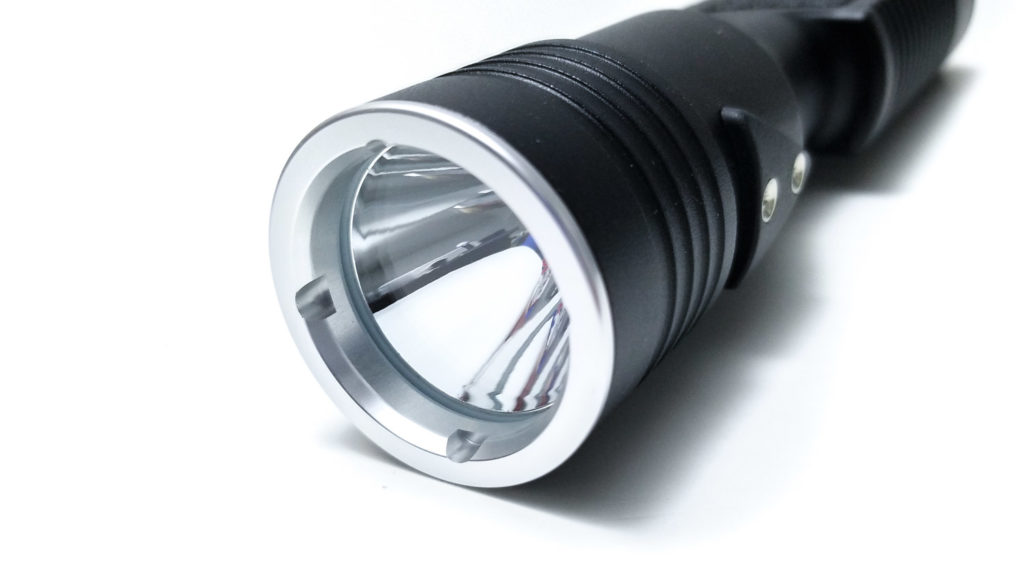
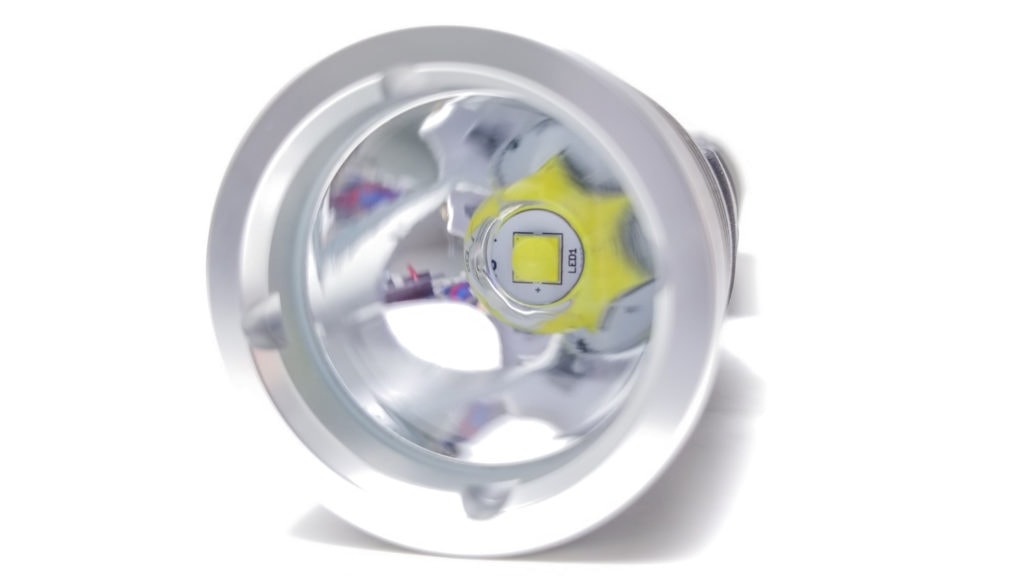
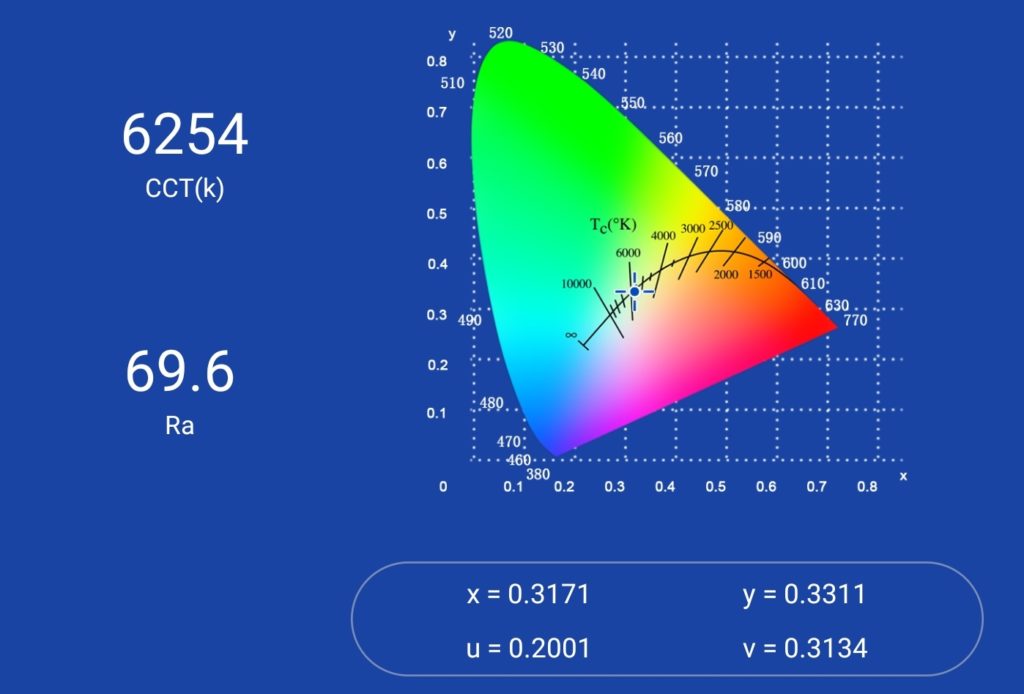
Dimensions and size comparison
Length:
- Length: 194.8 mm / 7.67 inches
- Head diameter: 41 mm / 1.61 inches
- Body diameter (widest point): 41 mm / 1.61 inches
Weight:
- With included Streamlight SL-B26 battery pack: 356.6 grams / 12.57 oz
- Without battery pack:248.5 grams / 8.76 oz
Flashlight size comparison with its competition
I compared the Stinger 2020 to some other tactical-use lights
Group 1 left to right: Fenix PD36 Tac, Klarus XT11GT Pro V2, Streamlight Stinger 2020, Fenix TK16 V2, Fenix TK20R V2
Group 2 left to right: Thorfire C8, Streamlight Stinger 2020, Cyansky K3
Group 3 left to right:3D Maglite, Streamlight Stinger 2020, Streamlight Stinger (original)
Group 4: comparing the old Streamlight Stinger vs Stinger 2020
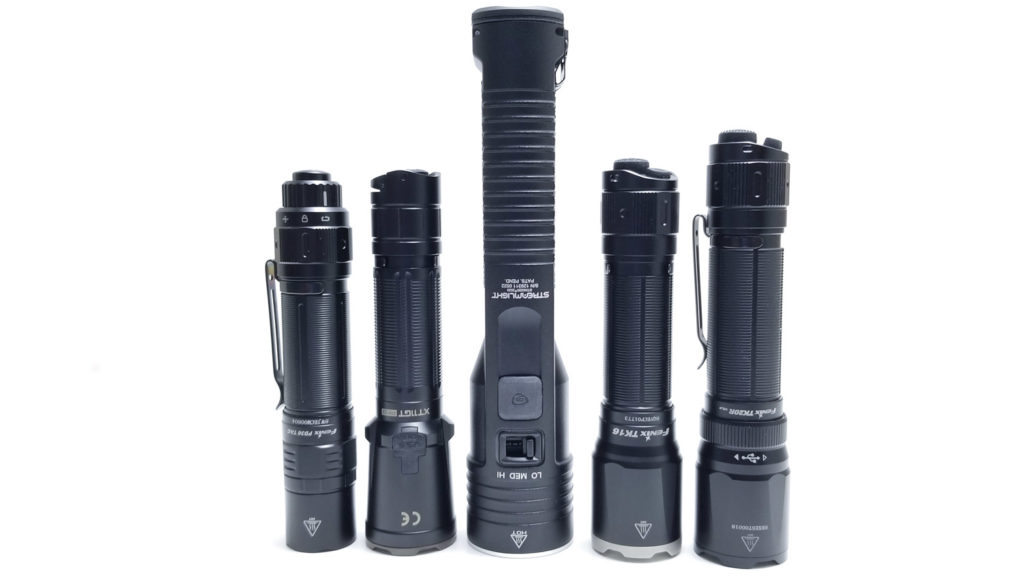
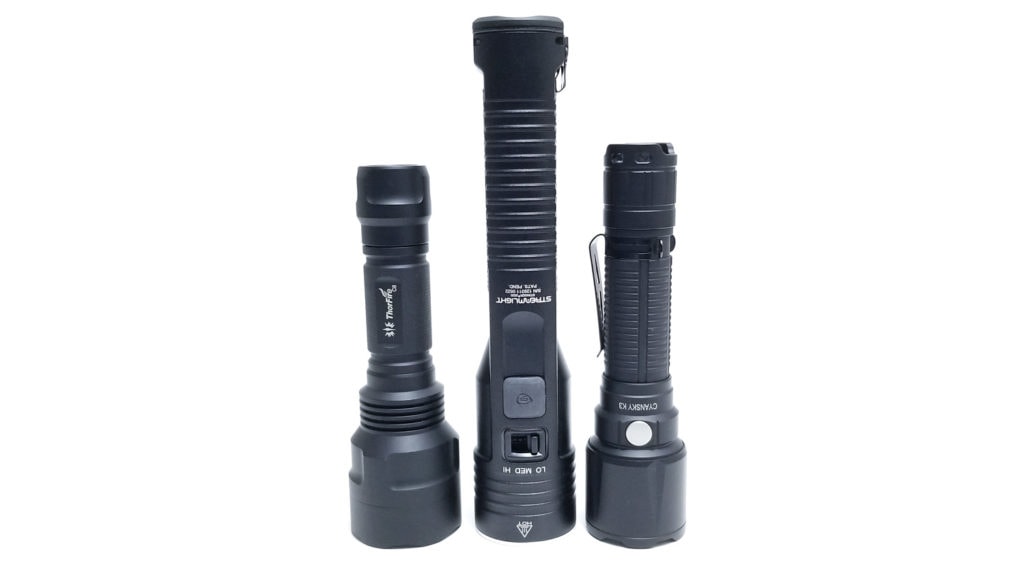
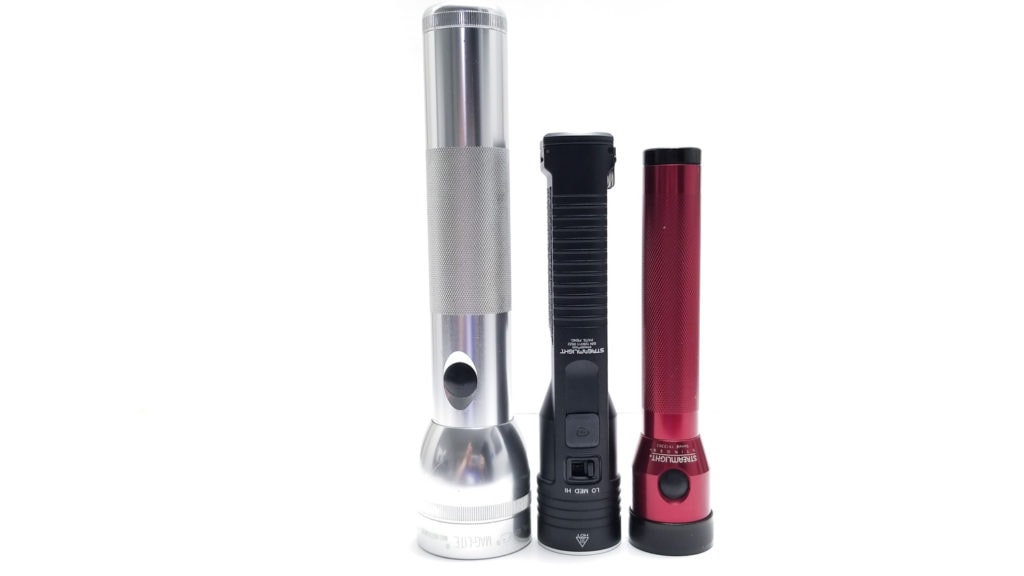
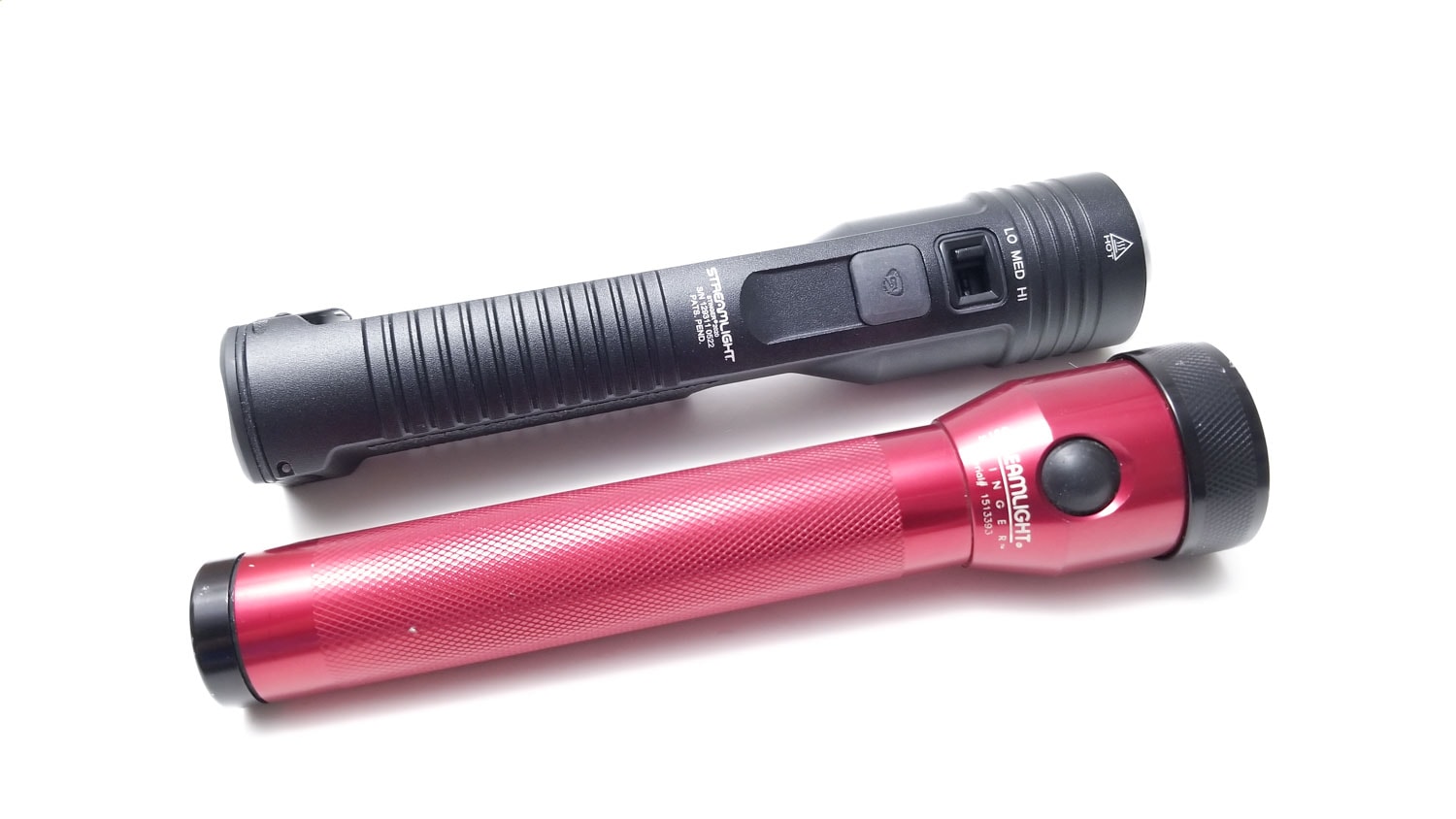
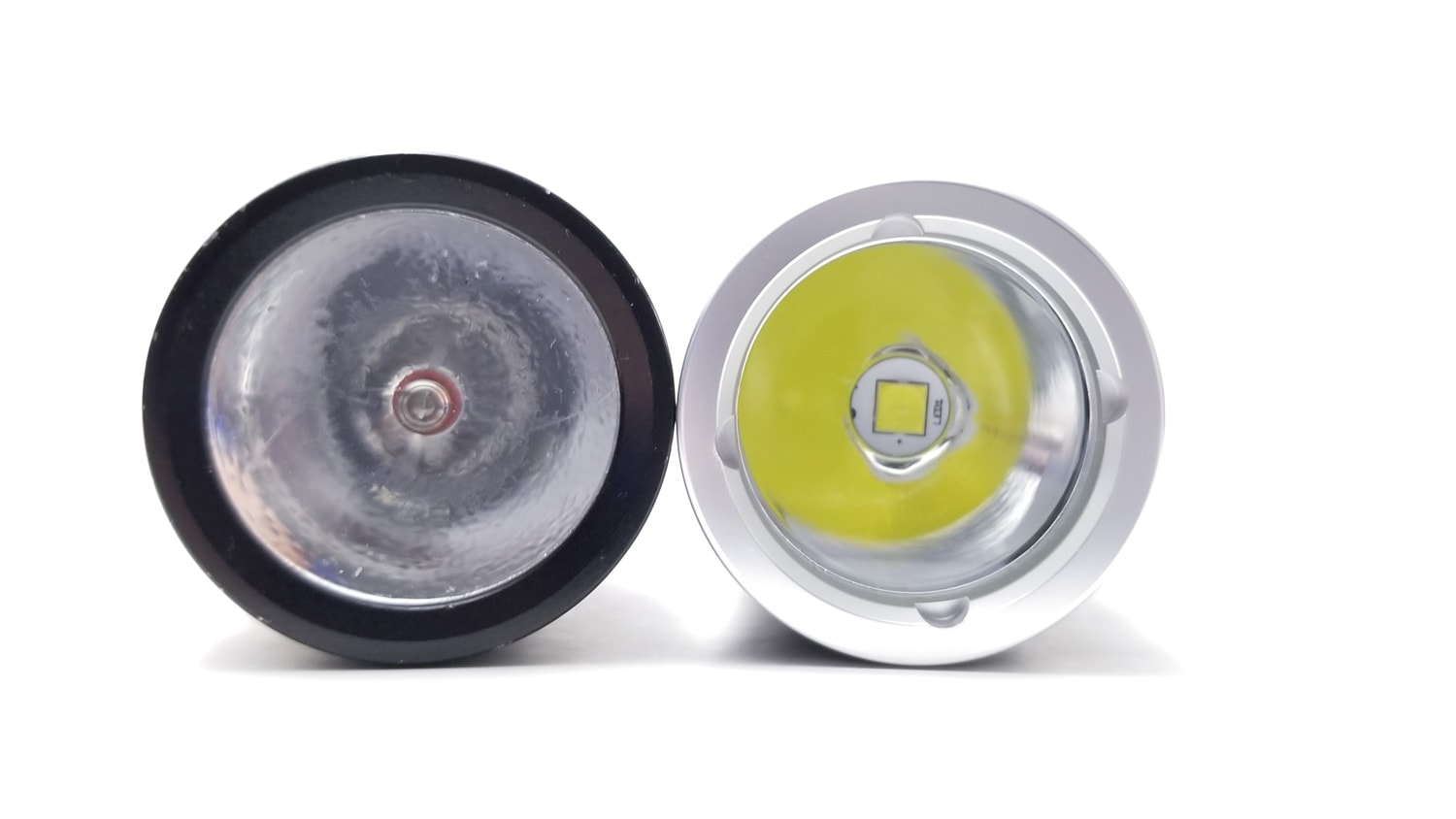
Driver & User Interface:
Streamlight says the Stinger 2020 has a current-regulated driver, and that would make sense because this is a professional-use light and demands constant brightness throughout the runtime.
The Stinger 2020 UI is controlled via the selector switch on the head, with on/off duties handled by the two clickies. The great thing about this, is you can switch modes without turning the flashlight on!
Available modes: Low, Medium, High, Strobe
From OFF:
- Tap switch (front/rear): Momentary on in selected mode
- Fully click switches: Continuous operation in selected mode
- Double-click switches: Strobe
From ON:
- Fully click switches: Turns off
- Double-click switches: Strobe
Mode memory
- Yes, always turns on in the mode selected via the mode switch
Shortcuts:
- Double clicking (fully pressing and releasing) either switch from on or off will activate Strobe.
Low voltage warning:
- Yes, the switch LED shows battery state during operation
Strobe/blinkies
- Strobe
Lock-out mode:
- None
PWM
- Yes, but very fast and not visible by the naked eye and nearly indiscernible by camera.
Additional info on the UI:
- I have no complaints with the UI. In fact, it’s the simplest UI I’ve ever come across. Just click the switch(es) and flip the selector to change modes. It works with the light on or off, and when activated, switching modes has a soft-advance feature that smooths the transition between the modes to help your night vision. The mode spacing is good as well, with easily identifiable modes. There’s no lockout, and I think that’s totally fine on a tactical-use light. It would be pretty difficult to accidentally activate the Stinger 2020 anyway since the switches require decent effort and have a somewhat long travel. No need for mode memory either, since the light will always turn on in whatever mode the switch is set to. Overall, a very well thought-out and intuitive user interface.
Batteries & Charging
For a long, long time Stingers were powered by Nicad and NiMH battery packs, but this is the 21st century so the Streamlight Stinger 2020 is powered by two 18650s housed in a carrier that fits in the rear of the light. It came with two of Streamlight’s SL-B26 button top 18650s. These are protected, micro USB rechargeable 2600 mAh 18650 batteries. Each is about 70 mm long, and have an internal resistance of about 25 milliohms. Moreover, these are not proprietary and you can swap them out for similar-length button top 18650s. I tried some Sofirn 3000 mAh button tops, and they fit fine. You can also charge them in a suitable charger or with any micro USB charger rated for 1 amp or less. You may run into the issue of LVP being in the batteries, not the light though. The carrier is very robust, with a built-in clicky switch at the rear that interfaces with the switch boot on the tail/battery door. Charging is extremely versatile with two options: The batteries can be recharged themselves, or in the included charging cradle. You can even use the new Stinger in the older Stinger chargers and the old Stinger in the new charger. How’s that for interchangeability?
The light has two contacts on the underside of the head which interface with contacts on the charging cradle. The light is held in place with two very sturdy and robust locking clamp that holds the light securely for horizontal or vertical mounting. The charger can be secured to any surface with two (included) screws. The charging current isn’t very high, about 800 mA, so the batteries need to charge for at least 7 hours, but they came off the charger at 4.19 volts. There’s two inputs on the charger, a micro USB input and a 2-prong input for the 12 volt car adapter (which was included). You could also wire the charger to a car battery if needed. The kit included a wall adapter with a micro USB plug rated at 5 volts 1 amp, but you can use any charger with a micro USB plug up to 1 amp. I think Streamlight read my mind about micro USB being rubbish, because they put a protective shroud around the charging input, which keeps the micro USB plug from deflecting or bending, which can damage and ruin the connector over time. Thanks Streamlight!
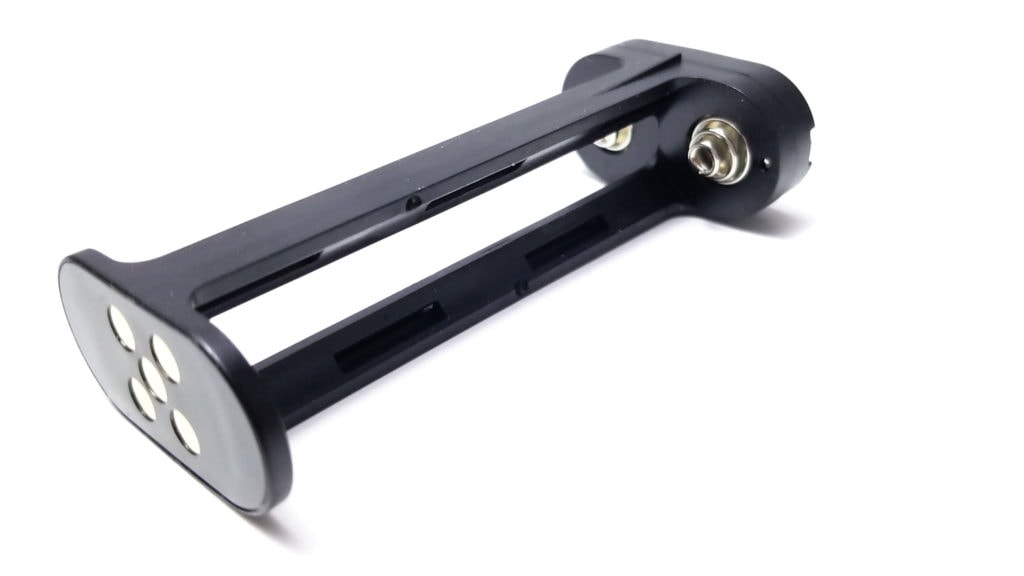
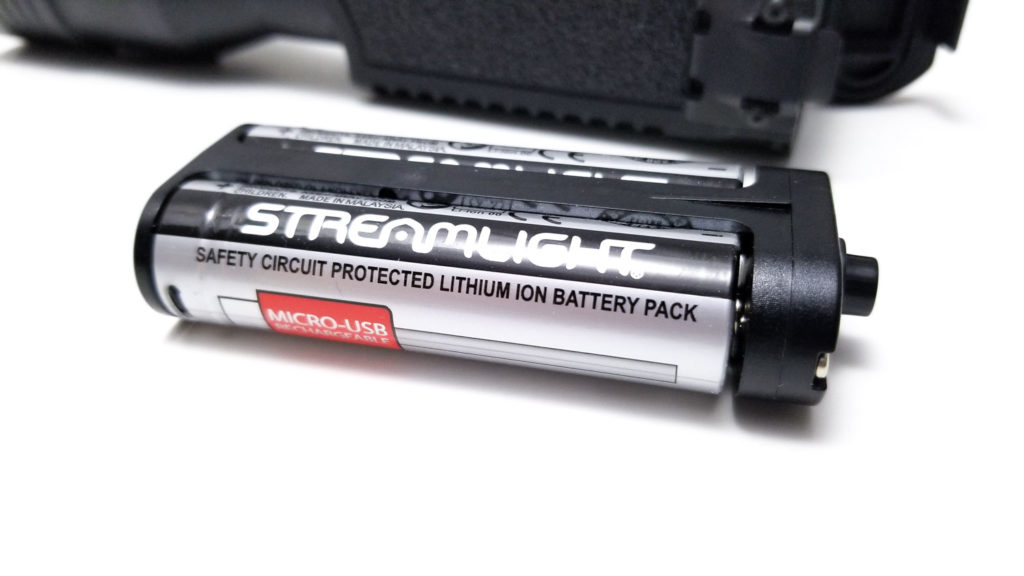
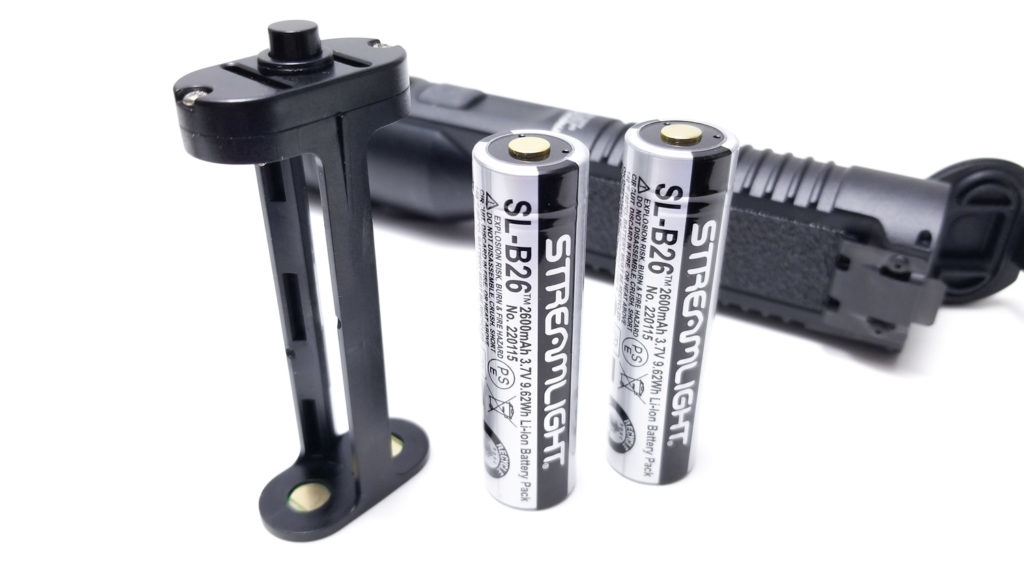
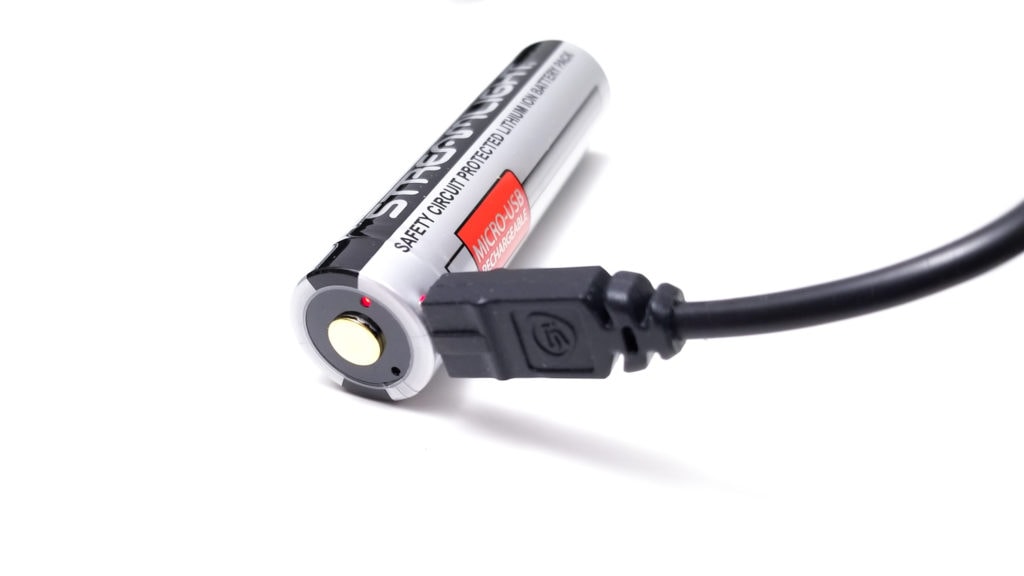
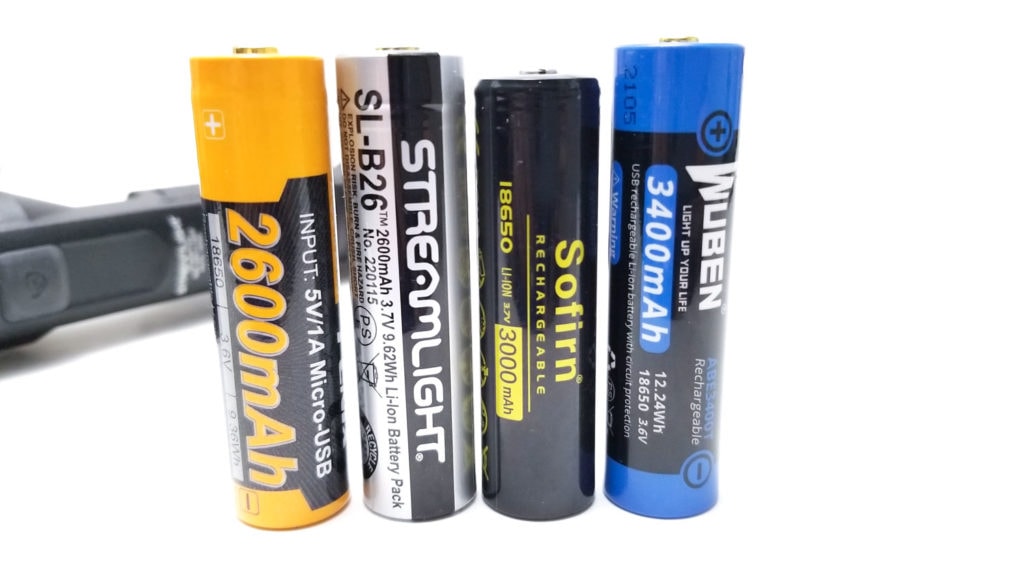
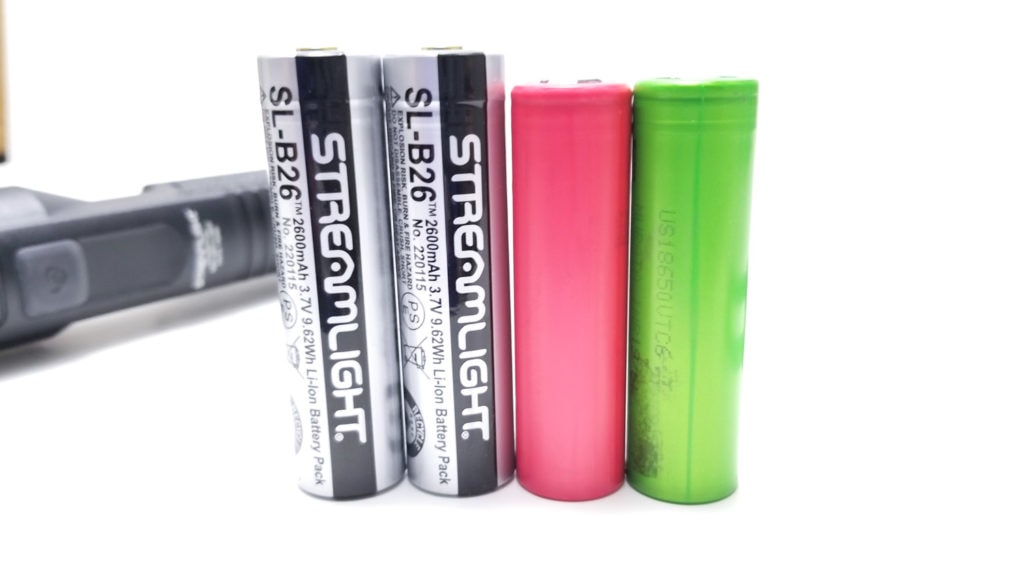

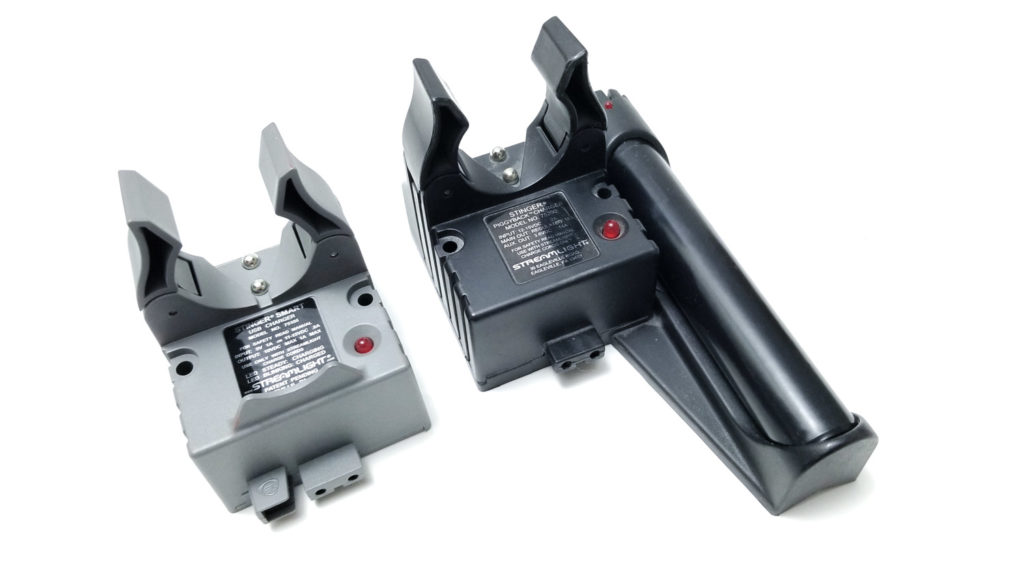
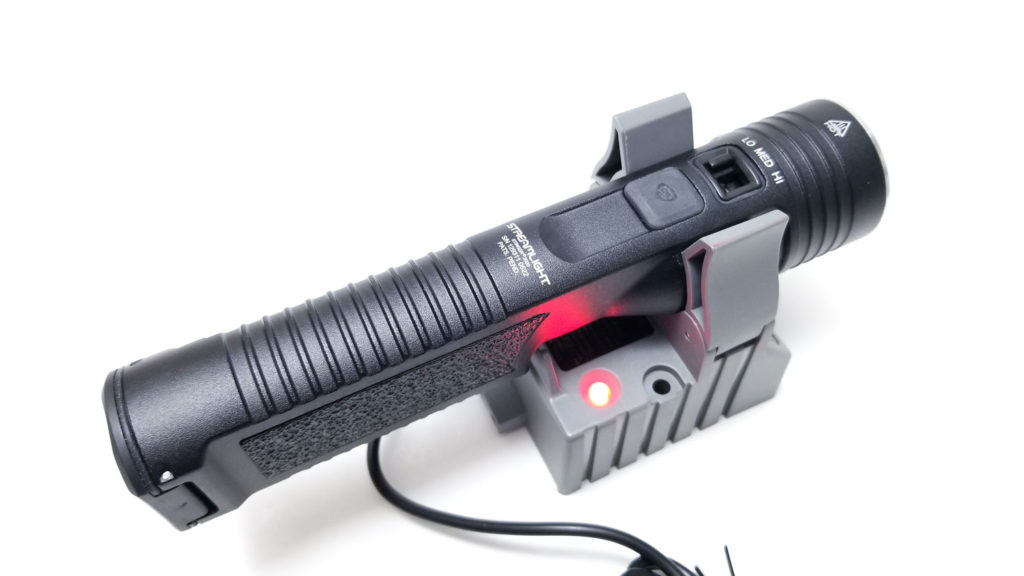
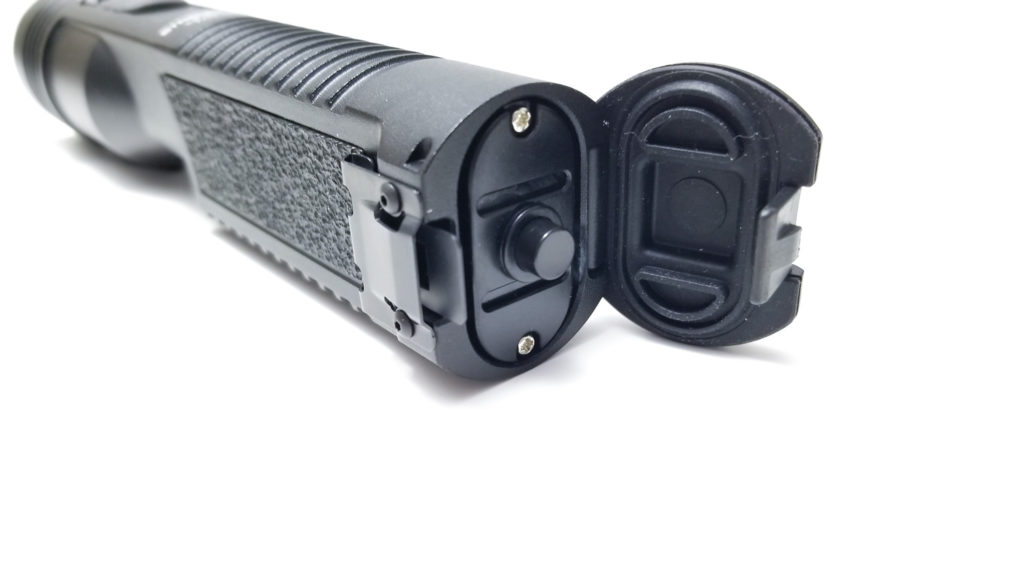
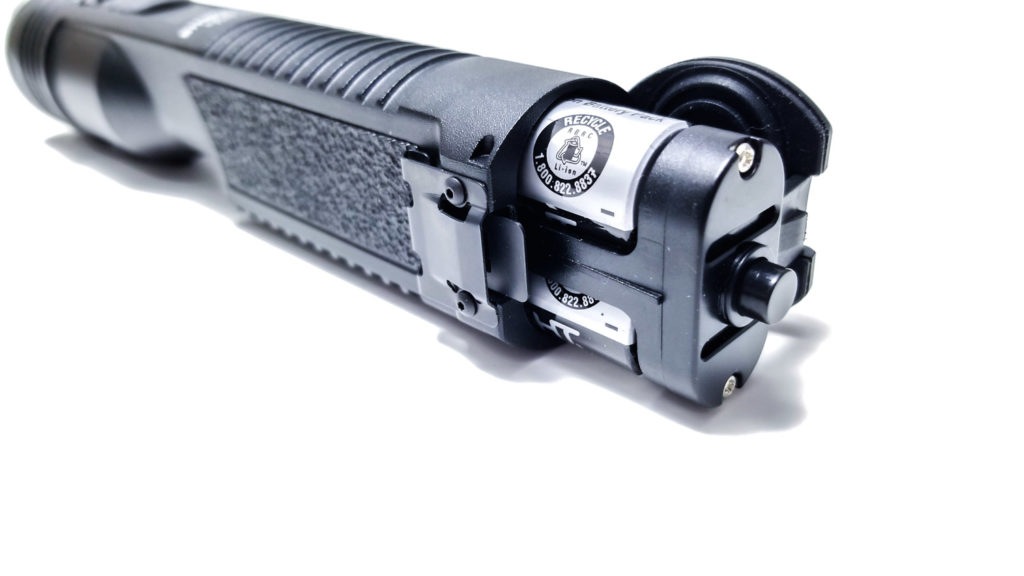
Performance test
Lumen measurements (for each mode)
Lumens are measured using my home made 30 cm integrating sphere, and I use a Digi-Sense 20250-00 datalogging luxmeter. The sphere has been calibrated using many lights of known output, including a Makkua calibrated Convoy S2+. All measurements taken at 30 seconds with the fully-charged Streamlight SL-26B 2600 mAh 18650s. No current readings this time due to the inaccessible current path.
| Mode | Specs | @turn on | 30 sec | 10 minutes |
|---|---|---|---|---|
| Low | 100 | 106 lm | 106 lm | 107 lm |
| Med | 850 | 863 lm | 855 lm | 598 lm |
| High | 2000 | 2183 lm | 2141 lm | 1079 lm |
I’m coming in above the factory rating on all modes.
Parasitic drain:
- N/A
Runtime graph
I tested the runtimes in the 30 cm integrating sphere using the Digi-Sense 20250-00 datalogging luxmeter using the fully-charged Streamlight SL-B26 batteries. I tested Low, Medium and High modes.
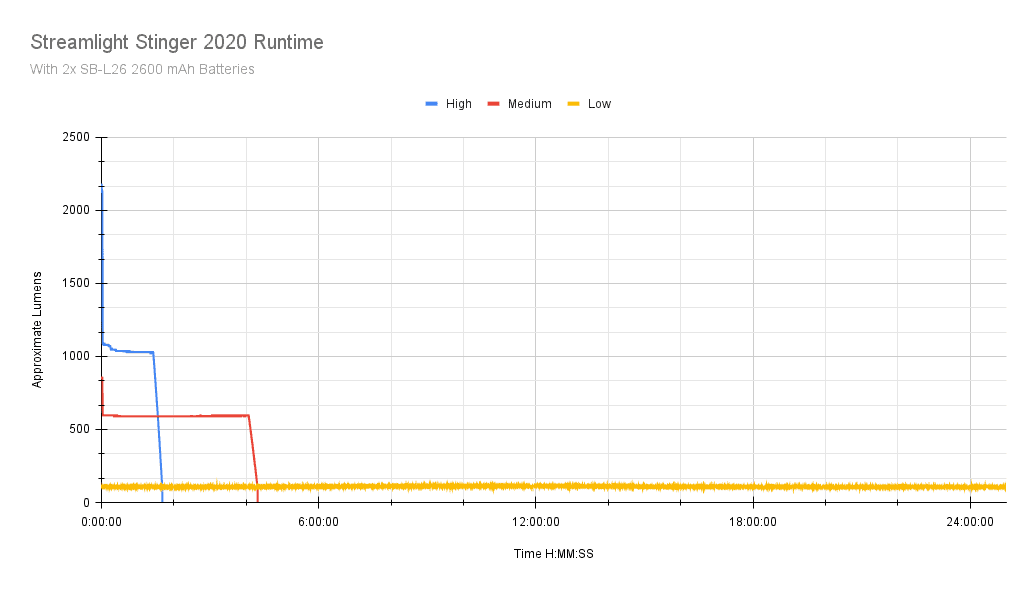
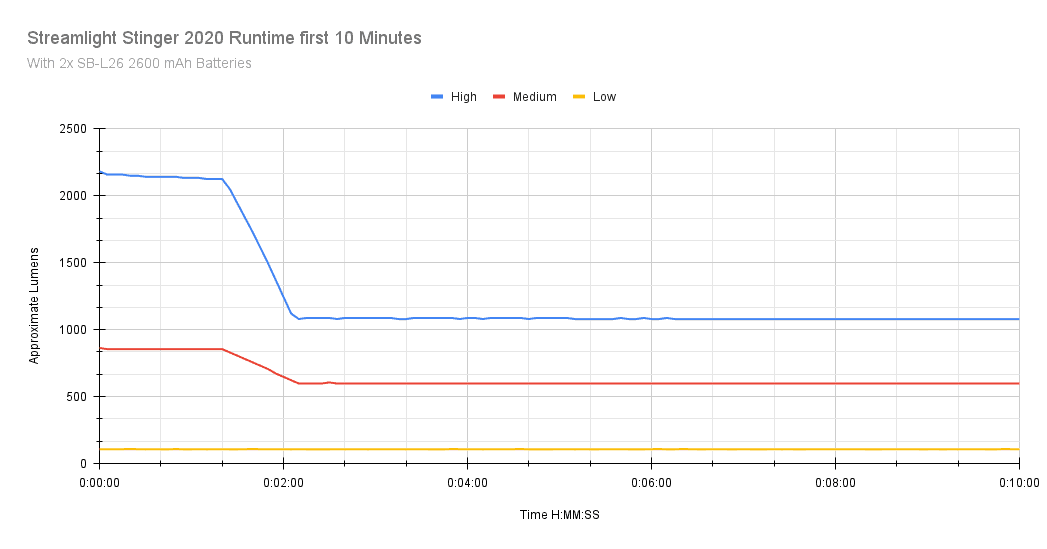
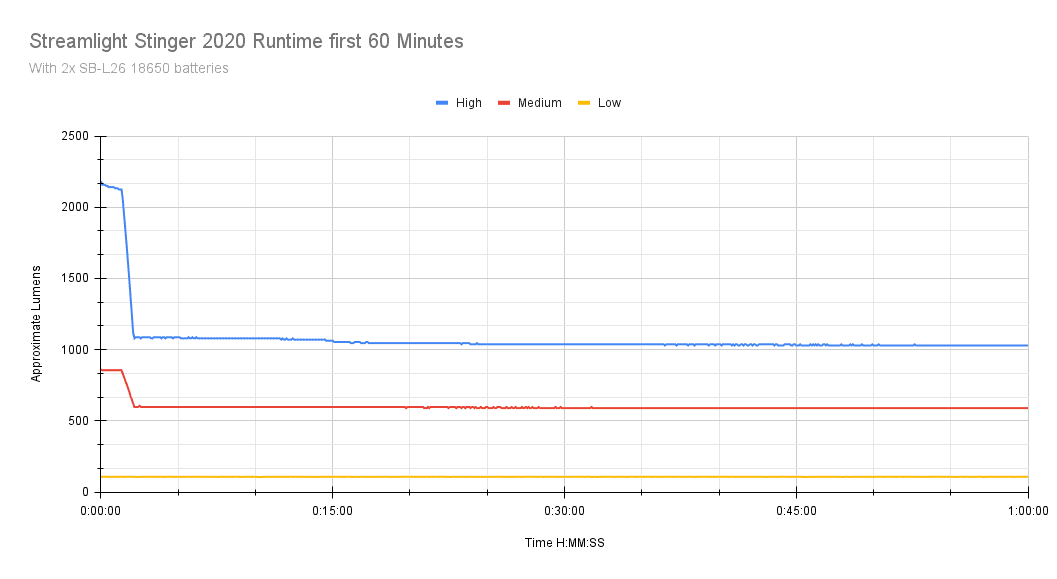
High holds better than 2000 Lumens for almost 2 minutes, then a drop to 1079 Lumens at 3 minutes in.. The output never dropped below 1000 Lumens until 1 hour 26 minutes in, then nice gentle step downs until 1 hour, 41 minutes when the light shuts off. Heat was never an issue and the light ran nice and cool with the highest temp reading 49 C at 45 minutes in. The batteries read 3.3 volts each, a very conservative cutoff voltage that ensures long cell life.
Medium started over spec as well, and was very nicely regulated, maintaining 800+ Lumens for over a minute, with gradual decreases in brightness over the next minute to 597 Lumens. It maintained that for the next 4 hours until a gradual step down over the next 15 minutes to 100 Lumens until shut down at 4 hours 18 minutes. The light hardly heated up, only reaching 37 C at 2 hours in.
Low was the endurance champion, starting at, and maintaining around 100 Lumens for over 25 hours. I actually ended the test at 26 hours (I needed the light for beamshots!), but it probably would have kept running. The output is super stable the whole time.
The Streamlight Stinger 2020 performs like any professional grade light, with very nicely regulated output and excellent thermal management. The driver is superbly regulated and maximizes the performance of the XHP50.2, which is an efficient emitter at lower drive currents. This is more than enough output for most tasks, and good runtime from the low-capacity 2600 mAh batteries. The Stinger 2020 will easily last for an entire 9, 10, or 12 hour shift or extended patrols. The LVP is also one of the most conservative I’ve experienced, and the relatively high cutoff voltage means batteries should last a very long time. This is really important for agencies because it saves them money on equipment maintenance, reduces downtime, and replacement intervals.
Throw numbers:
Throw was measured using the Uni-T 383S luxmeter at 5 meters indoors. Readings taken at 30 seconds with the fully charged SL-B26 batteries.
| Mode | Specified | Candela measured | Meters | Yards |
|---|---|---|---|---|
| Low | 1,200 cd | 1175 cd | 69 | 75 |
| Medium | 10,000 cd | 10,050 cd | 200 | 219 |
| High | 25,000 cd | 25,450 cd | 319 | 349 |
Spot on for throw figures here, and this is completely adequate distance for just about every scenario.
Beamshots
I compared the Stinger 2020 to similar duty and tactical flashlights including the Sofirn SC31T, Thrunite BSS V4, Fenix PD35 V3, Fenix TK20R V2, Fenix TK16 V2, Acebeam P15 Defender, and Fenix PD36 Tac. I added a FET-driven C8 style light as well for comparison (since the Stinger 2020 has the same emitter).
The fence is about 95 meters away.




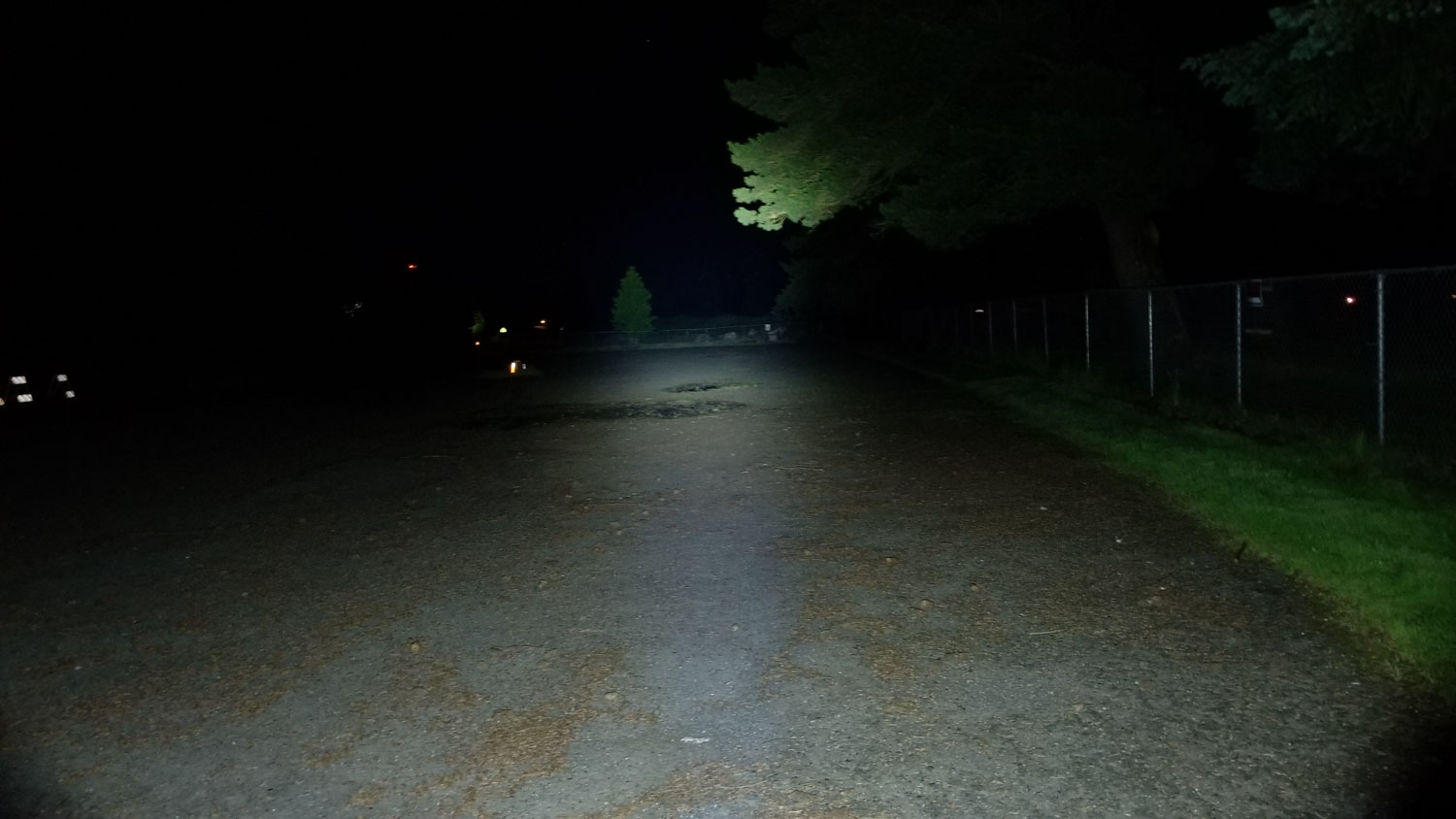


Disclaimer: This flashlight was sent to me for review at no cost by Streamlight. I have not been paid to review, nor have I been holding back on problems or defects.
Final Verdict
Pros
- Excellent build quality, fit, and finish
- Innovative UI and mode selector switch
- Ergonomic design
- Fully regulated output
- Doesn’t need proprietary batteries
- Can charge in existing Stinger charger cradles
- Beats factory specs
Cons
- Switches could be improved upon
- A bit heavy for a duty light
- No lanyard attachment point
Explanation on star ratings:
1: Avoid: my phone flashlight would be a better choice – 2: Poor: significant defect or issues; almost unusable – 3: Average: some defects or issues; but still usable 4: Good: recommended (minor issues) – 5: Great: highly recommended

4.5 stars: ★★★★⋆
After my LED-swapped Mini Mag, I was gifted an original Stinger and loved it. It was built like a tank, reliable, bright, and had decent runtime. It was also rechargeable (no Alkaline batteries!). However, we all know times change, and so do flashlights and I’m glad to see Streamlight step up and deliver a modern light.
The new Stinger carries forward everything that was great about the old versions, the simplicity, reliability, and thanks to the new LED and li-ion batteries, dramatically increased performance. I was impressed with the UI, I found the ergonomics pleasing and intuitive. I will say, no other flashlight looks or handles like the Stinger 2020. The design fits the hand nearly perfectly and ensures the light stays put. Law Enforcement officers used to the grip texture on their service pistols will appreciate the Stinger 2020s gripping surface as well. There’s 18650 batteries that can be swapped, versatile charging, and excellent electronics.
Is there room for improvement? I missed a lanyard attachment point, and at over 350 grams with batteries, it’s a bit chunky for a duty light. The switches are also mushy and vague with a weird-feeling click action (although for momentary use they’re fine). Overall, the Stinger 2020 is a great light, and a viable alternative to Fenix, Olight, Nitecore, Acebeam, and Speras. If you’re a Streamlight fan, it’s a no-brainer, right? With some slight improvements, it would be top notch. 4.5 stars for the Stinger 2020.
More info: Streamlight Stinger 2020
Visit the Streamlight website
1lumen selects and reviews products personally. We may earn affiliate commissions through our links, which help support our testing.